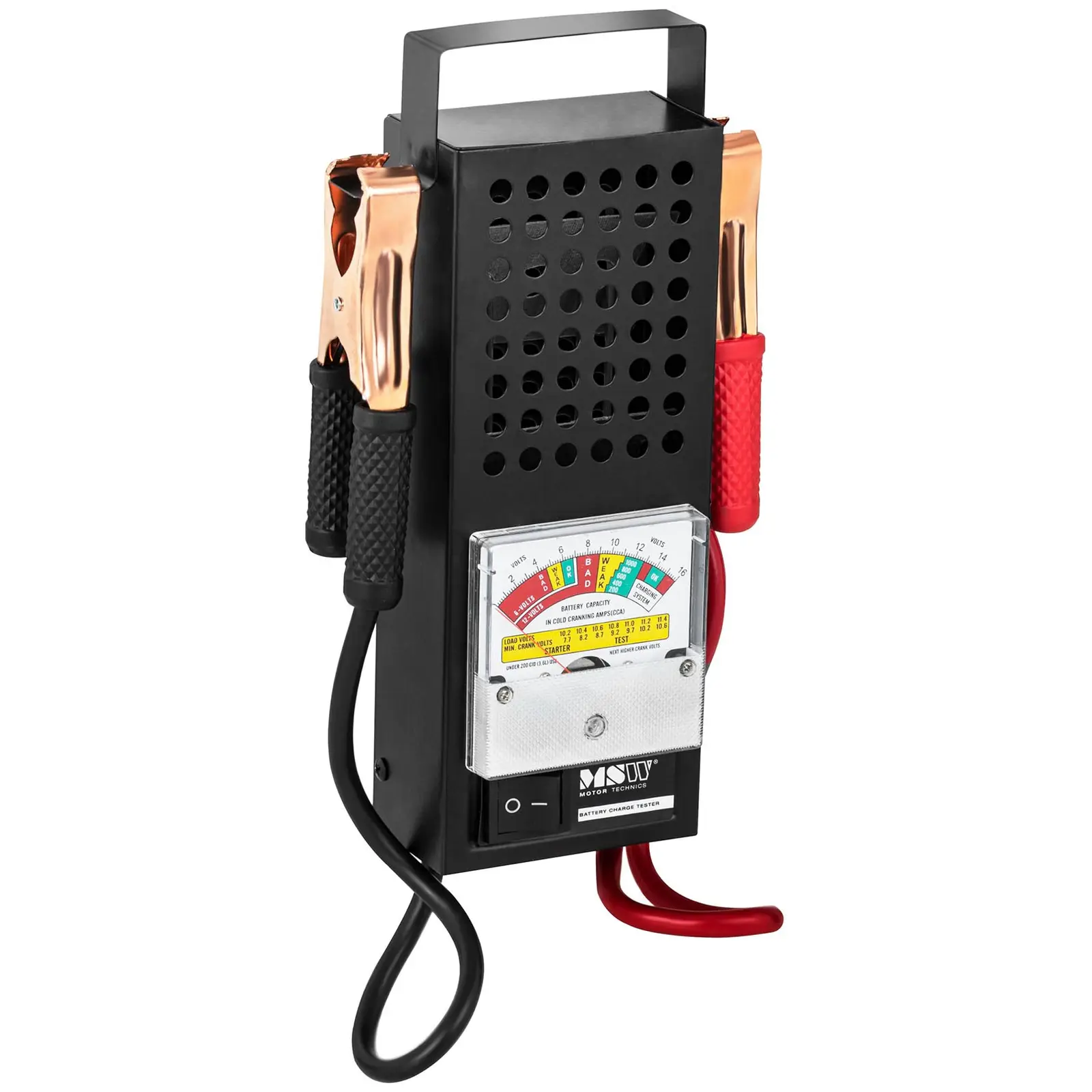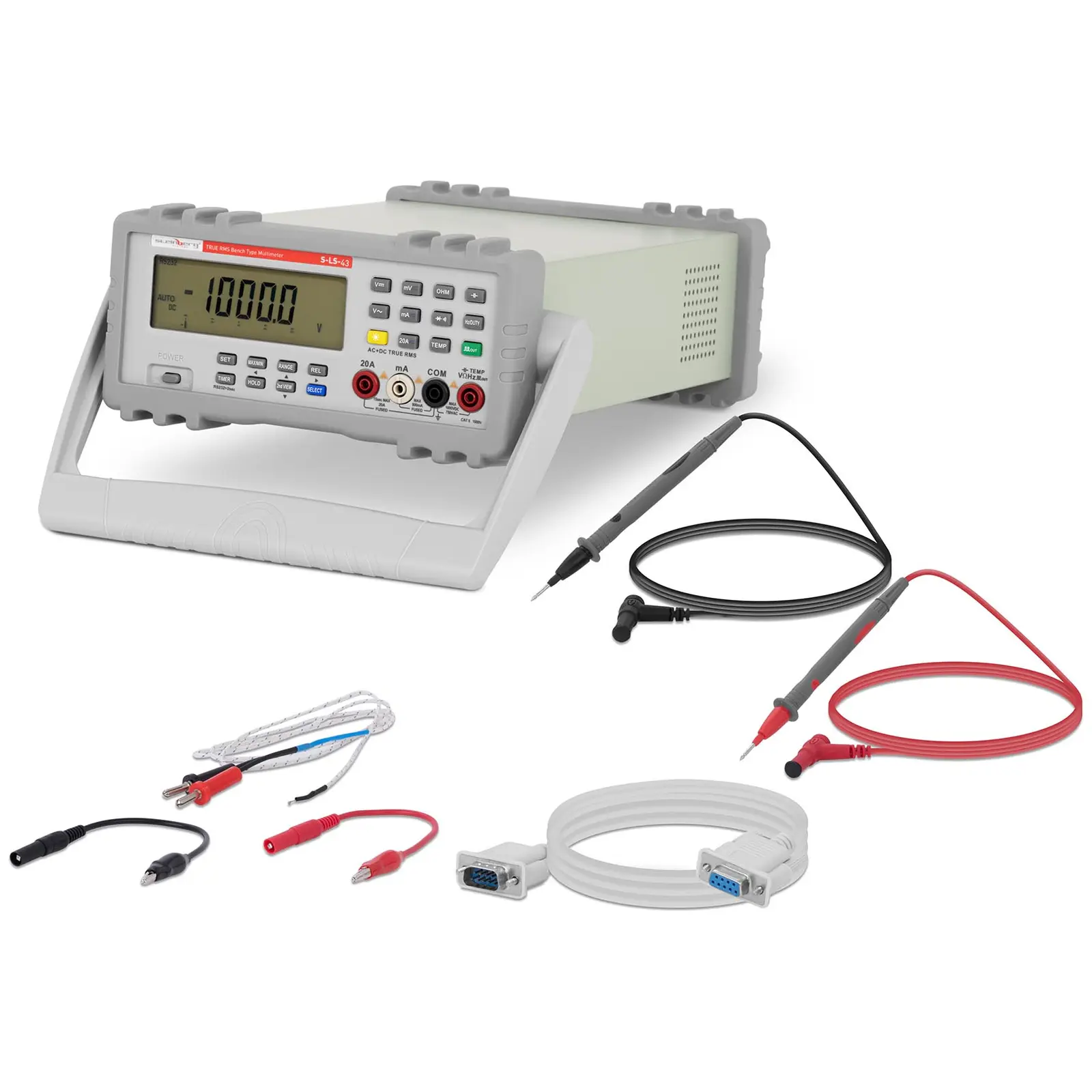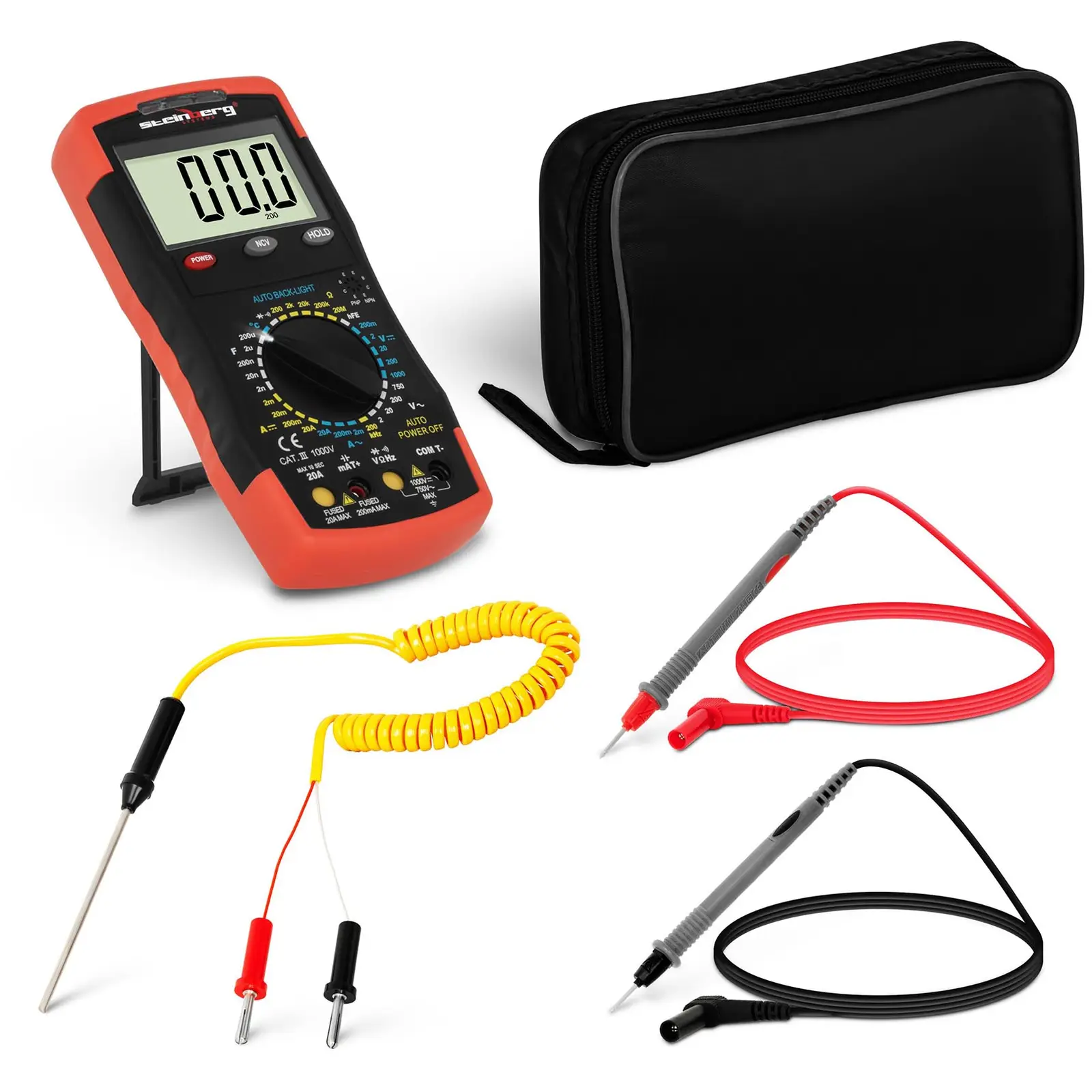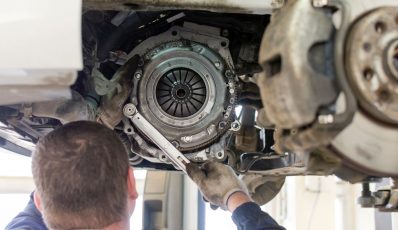We’ve all had those days where we feel drained and need a little boost, right? Sometimes, a good meal or a quick workout does the trick. Well, car batteries are no different! They need a little pick-me-up from time to time, too. Read on to discover out how to recharge your car battery, how long it takes, and what you’ll need to get the job done.

We’ve all had those days where we feel drained and need a little boost, right? Sometimes, a good meal or a quick workout does the trick. Well, car batteries are no different! They need a little pick-me-up from time to time, too. Read on to discover out how to recharge your car battery, how long it takes, and what you’ll need to get the job done.
Why Did the Car Battery Drain?
First things first – figure out why your car battery gave up on you. There are plenty of reasons: human error, environmental factors, or even the age of the battery. Identifying the issue will help prevent it from happening again!
Human error? It happens to the best of us! Forgetting to turn off the lights is perhaps the common mistake distracted drivers make. Leaving lights on overnight drains the battery because it keeps drawing power for hours, eventually using up all the charge.
If you’re only taking short trips, your car’s battery might struggle. Starting the engine requires a lot of energy, and while driving, the alternator recharges the battery. However, quick trips to the store aren’t long enough to fully recharge it.
Environmental factors, like freezing temperatures, are another common reason for unresponsive automobiles. We’ve all been there – a cold night, and the car refuses to start the next morning. Cold weather or a sudden drop in temperature can sap your battery’s power.
If your battery’s getting old, it’s bound to run down. If it’s been in your car for 5-6 years without replacement or recharging, it’s not surprising it’s lost power.
These aren’t the only reasons why a battery might drain. Other factors include faulty wiring, poor connections, or overcharging the cells. Eventually, you’ll need to replace it, but for now, let’s see how to charge it back up.
How to Charge a Car Battery
You’ll need the right gear to properly charge your car battery. After all, the power’s not going to come out of thin air! So what do you need?
 Car Battery Charger – 12/24 V – 8/12 A |  Car Battery Charger – Jump Start – 12/24 V – 45 A |  Car Battery Charger – 12/24 V – 70 A – Start 320 A | |
| Voltage | 230V / 50Hz | 230V / 50Hz | 230V / 50Hz |
| Output Voltage | 12/24V | 12/24 V | 12/24V |
| Functions | Charging | Charging, Starting | Charging, Starting |
| Charging Current | 8/12 A | 45 A | 70 A |
| Max Output at Start | – | 130 A | 320 A |
| Cable Length | 180 cm | 180 cm | 180 cm |
| Jump Start Cable Length | 150 cm | 170 cm | 200 cm |
| Battery Type | Lead-acid | AGM, EFB, GEL | AGM, EFB, GEL |
| Dimensions (LxWxH) | 15.6 x 25 x 19 cm | 24.5 x 27 x 20 cm | 32 x 37 x 62 cm |
How to Use a Car Battery Charger
One of the most obvious choices is a car battery charger. These devices are designed to charge batteries as efficiently as possible by converting household AC into DC power.
To get your battery juiced up and back in the game, you first need to pick the right charger. Pay attention to the voltage, which should match your battery’s rating. For cars, you’ll usually have a 12 V battery. Also, check the charging current, which should be 1/10 of the battery’s capacity, e.g., 5 A for a 50 Ah car battery.
You’ve got a lot of options when it comes to chargers, but the most popular are transformer or microprocessor models. Transformer chargers are cheaper and simpler, but you’ll need to set the parameters yourself and monitor the charging process as they don’t shut off automatically when the battery’s full.
Microprocessor chargers, on the other hand, are more expensive but easier to use. They adjust to the battery’s specs and shut off when charging’s done. Which one should you buy? That depends on your car battery and budget.
Hooking up the charger is easy. Connect the clamps to the battery terminals with the engine off. Remember: red to positive, black to negative. For transformer models, manually set the parameters. Microprocessor chargers will do this automatically. Switch it on and wait for the battery to charge.
Charging with the Alternator
If you’re far from a power source and towing isn’t an option, you can try using the alternator. But first, you’ll need to push-start the car. Maybe you can roll it down a hill, or get some gym-going bystanders to help out with a push.
Here’s how:
- Get in the car, turn the key, and press down the clutch.
- Put it in a higher gear – not first! Keep the clutch pressed down.
- Start pushing until you’re going at about 5 km/h.
- Slowly release the clutch.
- If the engine starts, keep it running!
Once the car’s running, you can thank your saviours and drive off into the sunset. But will the alternator charge the battery? In theory, yes. Unfortunately, it takes a long time, and you’ll have to drive for miles. It’s best to head home and plug the charger in or go straight to a mechanic to replace the battery.
Jump Starting with Jumper Cables
Another way to get your car running is by using jumper cables. These look like charger cables, but with clamps on both ends.
With jumper cables, you start a car with a dead battery by hooking it up to a working battery in another car. Drive the working car close enough so the cables can easily reach both batteries. Switch off the engine and connect the cables (positive to positive, negative to negative).
Start the working car and let it run for a few minutes. This will give the dead battery enough juice to start your car. Try turning your key. Did it work? Great! Disconnect the cables, thank the helpful driver, and be on your way!
Jumper cables are especially handy when traveling. Keep a set in your boot to avoid unexpected delays. But keep in mind, just like push-starting, you’re not fully recharging the battery, just getting enough power to get home or to the mechanic.
How Long Does it Take to Charge a Car Battery?
Charging time varies depending on several factors, so there’s no universal answer. But let’s go with a common example.
Assume your battery is fully discharged and you’ve set the right parameters on your charger. If the charging current = 1/10 of the battery capacity, it’ll take 10-12 hours to fully charge.
This time can change based on the battery’s condition or the charger’s power. Other factors, like temperature or vehicle efficiency, can also play a role. Don’t rush the process! Short charging times can damage the battery and cause it to drain faster later on.
How to Check a Car Battery’s Condition
Before you charge a car battery, make sure it actually needs charging. There are two ways to do this: visually and using proper testing equipment.
With the visual method, look for signs that your battery is low. A common clue is a slower engine crank when starting the car, especially after it’s been sitting a while. Or check the headlights. If they’re dimming while the car is off, it’s time to get the charger.
For more precision, use a universal car battery tester or a multimeter to check the battery voltage.
Test the battery when the engine is off. Ideally, check in the morning when the car is still cold. A healthy battery should show at least 12.4 V. Now start the engine and see if it jumps to 13.8 -14.8 V. If so, no need to charge just yet.
If the reading is between 10 and 12.4 V with the engine off, you’ll need to charge the battery. Is it reading even lower? It’s time to replace it with a new one.
How Often Should You Charge the Battery?
There’s no set schedule for charging a car battery. It all depends on its condition. Factors like leaving the lights on, short trips, cold weather, or the vehicle’s performance will determine how quickly it drains.
Experts recommend checking the battery before winter, and charging it if necessary. Cold nights are especially tough on partially drained batteries, so a quick charge can help. Just don’t overdo it – follow the correct charging current to avoid damaging the battery.
Charge Your Car Battery Before It’s Too Late!
Experience is the best teacher, but hopefully, you never have to deal with a dead car battery. But if it does happen to you – heaven forbid – you now know why, when, and how to charge it!
Interested in cars and want to learn more? Why not check out our next article on how to start a car workshop?












Share